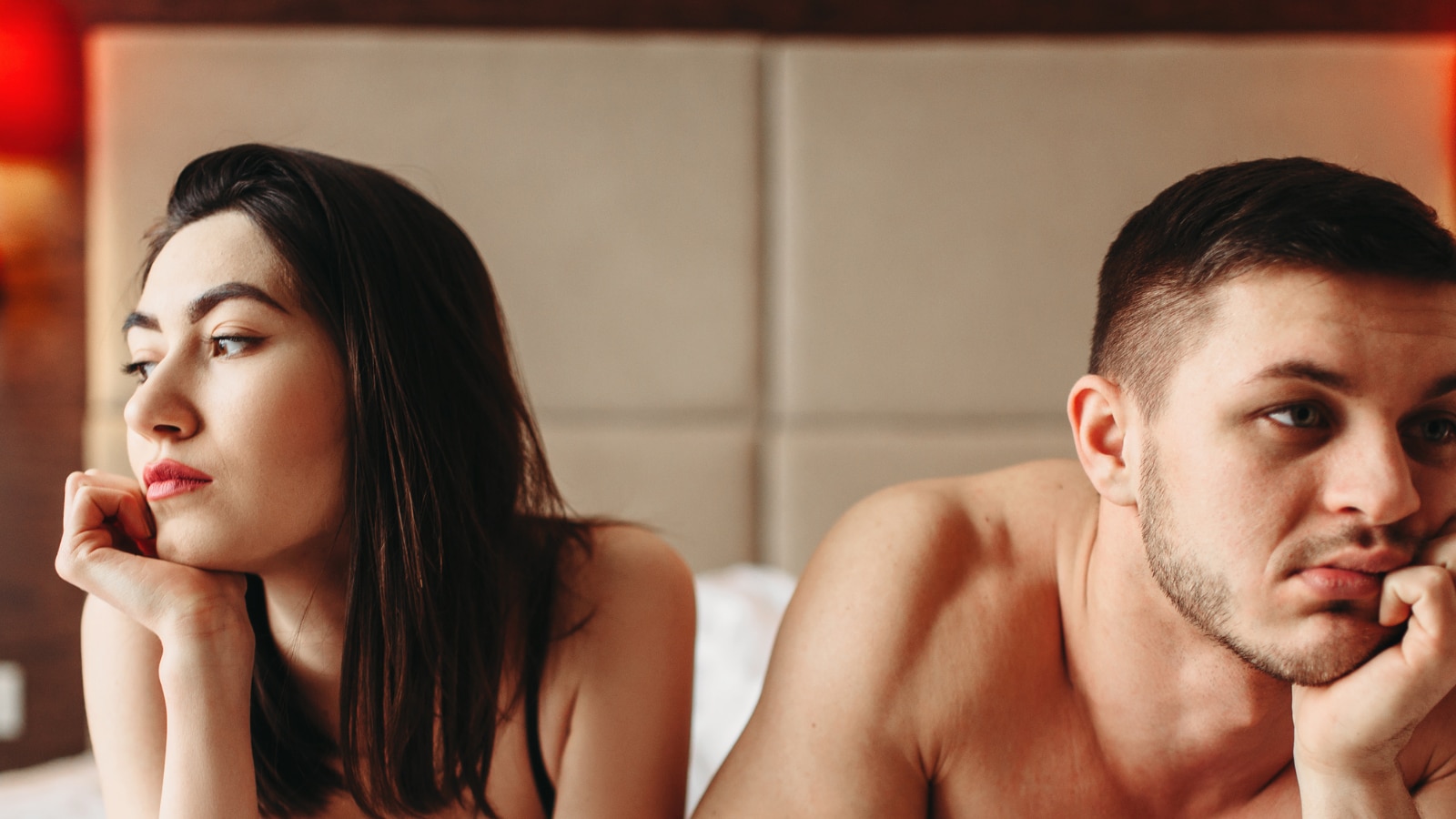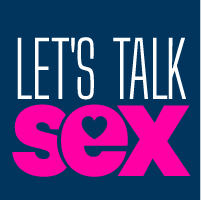Why Do Women Have Low Sexual Desire In Their 30s and 40s, and How To Re-ignite It
Sex may permeate our popular culture, but conversations about it are still associated with stigma and shame in Indian households. As a result, most individuals dealing with sexual health issues or trying to find information about sex often resort to unverified online sources or follow the unscientific advice of their friends. To address the widespread misinformation about sex, News18.com is running this weekly sex column, titled ‘Let’s Talk Sex’, every Friday. We hope to initiate conversations about sex through this column and address sexual health issues with scientific insight and nuance.
The column is being written by Sexologist Prof (Dr) Saransh Jain. In today’s column, Dr Jain explains why there is a drop in female libido after a certain age.
Low sexual desire is one of the leading sexual health concerns faced by women in their 30s and 40s. For a growing number of women in India, declining hormones, job stress, relationship issues, and other problems are taking a toll on their sexual desire.
Low sexual desire, known in medical terms as hypoactive sexual desire disorder (HSDD), is the most common sexual dysfunction among women of all ages. A recent study showed that nearly one-third of women aged between 18 and 60 suffer from a lost interest in sex. Low libido in women is caused by a combination of both mental and physical factors. Therefore, it is unlikely to be cured by merely popping a pill.
But the introduction of anti-impotence treatments in the last few years has spurred more research into the causes of sexual dysfunction among both men and women, and effective therapies are now available to help bring sexual desire back into women’s lives.
What Is Low Sexual Desire?
Low Sexual Desire is when women experience a significantly decreased urge to have sex, which in turn have an effect on their lives and cause distress. The sexual drive has a biological component, reflected in the spontaneity of sexual interest, including sexual thoughts, erotic fantasies, and daydreams. Therefore, since it is partly biological, it declines naturally with age based on physiological factors.
However, sexual desire also encompasses interpersonal and psychological factors that create a willingness to be sexual. Common causes for a loss of sexual desire and drive in women include:
Low Testosterone: Testosterone affects sexual drive in both men and women. Testosterone levels peak in women’s mid-20s and then steadily decline until menopause when they drop dramatically.
Relationship Issues: Partner performance problems, lack of emotional satisfaction with the relationship, Child Birth, and becoming a caregiver for a loved one can decrease sexual desire.
Sociocultural influences: Job stress, peer pressure, and media images of sexuality can negatively influence sexual desire.
Medical problems: Mental health issues such as depression, or medical conditions, such as endometriosis, fibroids, and thyroid disorders, impact a woman’s sexual drive both mentally and physically.
Medications: Certain antidepressants, blood pressure-lowering drugs, and oral contraceptives can lower sexual drive in many ways, such as decreasing available testosterone levels or affecting blood flow.
Age: Blood levels of androgens fall continuously with ageing.
Bringing back the Sex Desires in Women’s Lives
It usually requires more than one treatment approach to fix the problem of low libido. However, once the factors causing low sexual desire have been determined, potential treatment options may include:
Focus on foreplay: Having better sexual experiences may increase a person’s desire for sex, thereby boosting their libido.
Get good-quality sleep: Getting good sleep can improve a person’s overall mood and energy levels, and some research also links sleep quality to libido.
Improve relationship quality: Many people experience low sex desires and frequency at specific points in a relationship. This may occur after being with someone for a long time or if they perceive that things are not going well in their intimate relationships. Sexual dysfunction usually affects both parties in a relationship and should be discussed together or individually with a mental health
professional.
Changing medications: If the problem is caused by medications, a change of prescription or alternative therapies may be recommended. If an oral contraceptive is suspected as the culprit in lowering testosterone levels, a different formulation or nonhormonal birth control methods may be prescribed.
Regular Exercise: Getting regular exercise can help libido in many ways. It is found that regular exercise helps cope with body image concerns, low libido, and relationship changes.
Addressing underlying medical conditions: Medical problems contributing to low sexual desire may require surgical treatment, such as removing painful fibroids or medication.
Vaginal Dryness: In postmenopausal women, vaginal dryness may be treated with vaginal estrogen creams.
Testosterone Therapy: Although no hormone or drug has been approved to treat sexual problems in women, many gynaecologists recommend off-label uses of testosterone therapy for women with low sexual desire to restore testosterone to normal levels.
There is a wide natural variation in people’s sexual desires and libido. It is important to note that having a lower libido than other people is not necessarily bad. However, if a person wants to increase their libido, there are many methods to try. These include eating a nutritious diet, getting regular exercise, reducing anxiety, and improving intimate relationships. Because low libido, or a sudden shift in libido, can be a sign of a health condition, it is safest to talk to a doctor before trying libido boosters.
Read all the Latest News, Breaking News and Coronavirus News here
For all the latest lifestyle News Click Here


